Fertility Treatment Timeline
If you’re looking for more information about the logistics of our fertility program, you’re in the right place! In this article, we’re going to break down the timeline for fertility treatments and when to schedule your appointments based on your menstrual cycle and any additional fertility treatments you are receiving (i.e. fertility drugs and IUI). While each patient’s plan of care is customized, this timeline is the backbone of the plan that will give your body the best opportunity to become pregnant!
Before we get into the timing of everything, let’s review what we do to help our patients struggling with infertility. Our treatments include myofascial release and visceral mobilizations to the fascia, muscles, and organs that are part of the reproductive system. The goal of our treatment is to reduce any tightness or restrictions in these areas as a way to increase blood flow and optimize function of the reproductive system.
Day 1 - Day 14
The start of your period marks day 1 of your cycle and indicates that you are not pregnant. This gives us the green light to work on certain body parts, such as the uterus and the cervix. During the time from day 1 to day 14 (or whenever you ovulate), we will work on the reproductive system overall to help optimize its function and increase your chances of conceiving at ovulation. This includes the uterus, the cervix, the ovaries, the uterine tubes, and pelvic floor muscles.
Ovulation is the key event for optimizing fertility, so it is important to make sure that it is actually happening! Your body can prevent ovulation from happening due to less than optimal conditions including chronic stress, poor nutrition, and poor sleep quality. Ovulation should be happening around day 14 of your cycle if you have a typical 28 day cycle, however, this can vary for everyone. To calculate when you’re ovulating, count 14 days back from the first day of your period.
You can also look for these signs that you’re ovulating:
Higher basal body temperature
‘Egg-white’ cervical mucus
Brief and mild abdominal discomfort
Positive ovulation test
The use of ovulation tests can help you pinpoint when you ovulate and the best time to have intercourse to conceive. Ovulation test sticks detect luteinizing hormone, a hormone that surges 24 hours before ovulation. When that surge happens, that is the time to have intercourse as it will allow the sperm time to travel closer to the egg right as ovulation is happening.
Not sure if you’re ovulating? Set up a Functional Health appointment with one of our specialized physical therapists to determine why!
Click Here To Book A Consult Call
Day 14 - Day 28
After day 14 (or whenever you ovulate), we focus more on gently supporting your body and keeping inflammation down to make it the best environment in case of conception! This includes the lymphatic system, the fascial system, and any other orthopedic areas with restrictions. This is what we focus on until the start of your next cycle, when it is time to take a pregnancy test!
With that understanding, we try to get as many appointments in during the span of day 1 to day 14, around once or twice a week depending what your schedule allows it. From day 14 to day 28, there will usually be one appointment total and then we wait to see if your period comes.
Other Fertility Treatments
Our fertility program can be done in conjunction with other fertility treatments. Any additional fertility treatments you might be receiving can impact our timeline as well. The most common one we see is IUI or intrauterine insemination. This doesn’t change our scheduling, but gives us a more definite timeline of when ovulation/conception will be happening. Because the doctors doing the IUI are monitoring your hormones and your cycle so closely in order to determine the best timing of insemination, it is easier to schedule treatment sessions to meet our goals!
As far as when you’ll see results, it can vary depending on what restrictions and other fertility treatments you are doing! With our program, it can sometimes take more than one cycle for any restrictions to resolve and to optimize the function of these organs. It is best to wait three to six cycles to see if the treatment is working before discontinuing or becoming discouraged.
If you’re interested in talking with one of our Pelvic Floor Physical Therapists to see if this program would be a good fit for you, contact us for your no charge consultation today!
References
Briden, L. (2015). Period repair manual: Natural treatment for better hormones and better periods.
Kramp ME. Combined manual therapy techniques for the treatment of women with infertility: a case series. J Am Osteopath Assoc. 2012 Oct;112(10):680-4. PMID: 23055467

